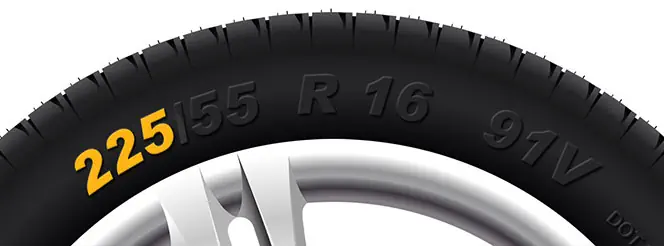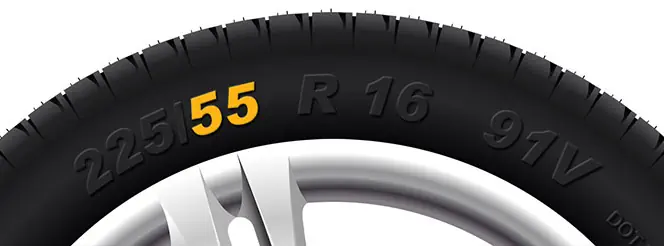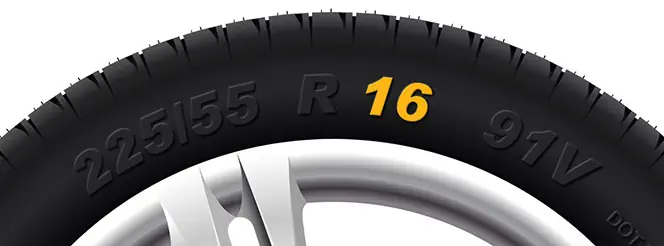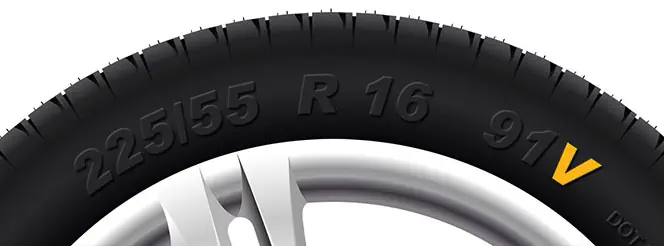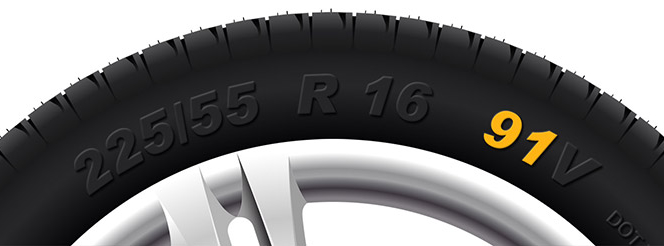Understanding The Different Types Of Bike Tyres
Kwik Fit | Tuesday 18th March 2025 3:10pm
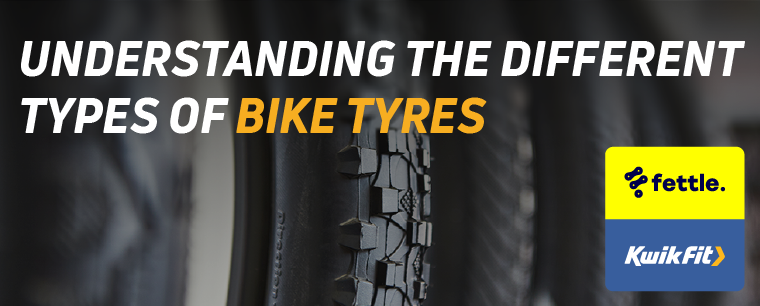
Your bikeís tyres are the only point of contact with the ground - so, itís very important they are the right kind for your journey. Often overlooked, having the right type of tyres can help your cycle go more smoothly - providing both the right grip on the ground, as well as a level of comfort.
Bike designs have come a long way from the pennyfarthing. We use our bikes in all sorts of conditions, and as part of our everyday lives, so in this blog weíll help you find the right tyre for your bike - whether you use it to commute or as your favourite outdoor hobby.
If youíre looking to get the right tyres for your bike, let the experts at Kwik Fit and Fettle help you choose the perfect type so you can make the most of your bike.
Why is it important to have the right type of tyre for your bike?
There are plenty of reasons why you need the right type of tyre for your bike. Consider your bikeís tyres at the moment - do they feel like they have good grip? Do they provide you with a comfortable journey?
Having the right type of tyre for your bike will impact your:
- Safety and performance: Having the right type provides you the optimal grip, stability, and control, which will help reduce your risk of accidents, especially in wet or rough conditions.
- Comfort: Having the right tyre also plays a major role in your comfort while riding. For example, treaded tyres absorb shocks on rough trails for a smoother ride.
- Durability and cost effectiveness: By having the right tyres, you will help to minimise wear and tear, which will help to reduce replacement or maintenance costs.
- Weather adaptability: Having tyres suited to your climate or season will ensure the best handling of the terrain, making you safe all year-round.
What different types of bike tyres are there?
Just like there are plenty of different types of bikes, there are also all kinds of different tyres for them. Discovering all the different types of tyres may seem a bit stressful, but we've broken them down so that you can match your bike to the right option.
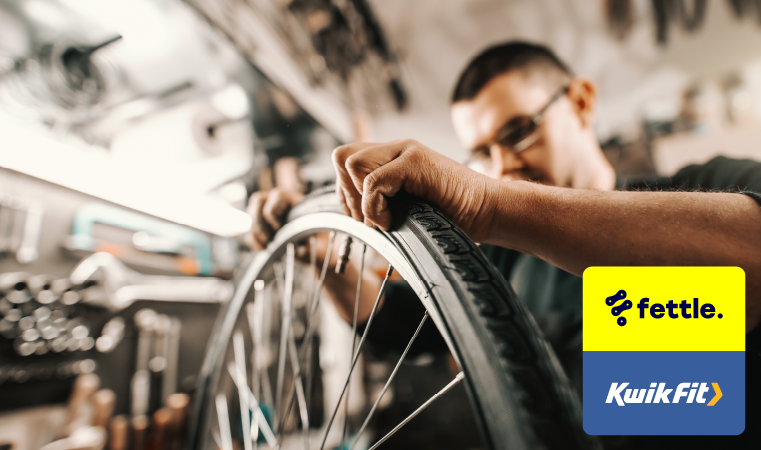
Commuter bike tyres
Commuter bike tyres are best suited for those who are travelling on flat, solid surfaces, like in cities or town centres. They're perfect for commuters going to work and on their journey home.
They are durable, comfortable and puncture resistant from any glass or debris. To be in the best position against punctures, look for tyres with a Kevlar anti-puncture layer - they are made up with the same fibres they use for bulletproof vests. However, they are often heavier than other bike tyres, meaning that the rolling resistance is lower and acceleration is more difficult.
These tyres are ideal for weaving around a city centre or to quickly grab some essentials from a nearby shop.
Road bike tyres
These tyres have been designed with lightweight and low-rolling qualities. They are intended to be very agile to the riderís input, and are comfortable for a Sunday morning ride around the lanes.
Road bike tyres are great if you are wanting to reach high speeds on a road, as they offer high grip on paved surfaces. Road bike tyres are, however, more susceptible to punctures. Fortunately, some road bikes tyres, such as clincher styles, allow for an easy fix. This is because the rider can remove one side of the tyre and access the inner tube, allowing for speedy repairs.
MTB (Mountain bike) tyres
Mountain bike or MTB tyres provide incredible grip off-road, meaning you have the best control over non-flat surfaces - such as an uphill or exploring rough terrain. Mountain bike tyres also have a pronounced tread pattern and casing to take most of the impact, meaning you get a far more comfortable ride.
MTB bike tyres often require the most maintenance, as you will need to make sure to keep their tread clear to get the benefit of their strong grip on challenging terrains. This can easily be done with good care and routine. They can feel quite heavy and cumbersome on roads, so if you like to go on roads and on rougher terrains, you may want to consider having different bikes or changing tyres to suit the occasion.
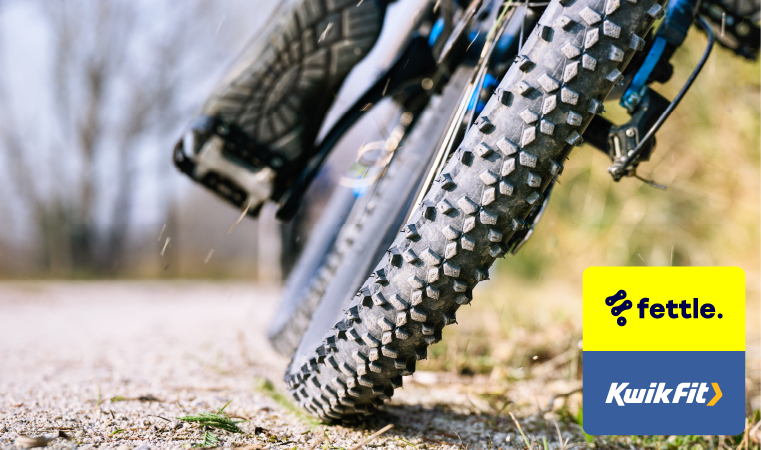
Cyclocross bike tyres
Cyclocross bike tyres are designed for racing on mixed terrains such as grass (wet and dry), sand, and mud. Their wider width means they take more of the impact than the rider. They are lightweight, supple, and have great cornering ability, which is ideal when riding against other cyclists in a race.
However, they may not handle sharp or rough gravel as well as a gravel bike, because of their lightweight nature, and so are more prone to punctures. They are also less comfortable due to their narrower tire depth. Cyclocross bike tyres are best suited to courses where the journeys will see mixed terrain, particularly when conditions are wet or soft.
Gravel bike tyres
Gravel bike tyres best suit dryer, rougher terrain. One of their main features is a more complex tread pattern in comparison to a road bike tyre, which allows the tyre to grip stronger onto the rougher terrain. The wider width allows for the tyre to take more of the impact or the shock, and to run on lower pressures; this is because another feature of gravel bike tyres is that they are tubeless. Gravel bike tyres also have a higher puncture resistance due to the nature of the terrain they are designed for.
Where cyclocross tyres suit slippery surfaces such as mud, gravel bike tyres often have a less aggressive grip in non-dry conditions. This should be taken into account if you live in a particularly rainy area. They are also not as responsive to tighter corners because of their pronounced shoulder knobs.
How to measure your bicycle wheel size
Once you know what type of tyre you want for your frame, itís time to get the measurements right. Measuring your bicycle wheel size is a really important part of getting your bike prepared for your journey. Having the right size tyre on the frame will optimise your performance and help improve your safety.
There are several methods you can follow to measure for your bicycle wheel size:
- The standard method: You can measure using the standard method by placing the bike upright and using a retractable metal tape to measure the bike's wheel diameter and width.
- The ISO method: This is a standardised method for measuring bike wheels, ensuring that there is compatibility across different brands. To measure using this method, include the rim diameter (where the tyre bead sits), rim width (distance between inner edges), tyre bead seat diameter, and tyre width when inflated.
You can then use these measurements to get the right size tyre for your bike.
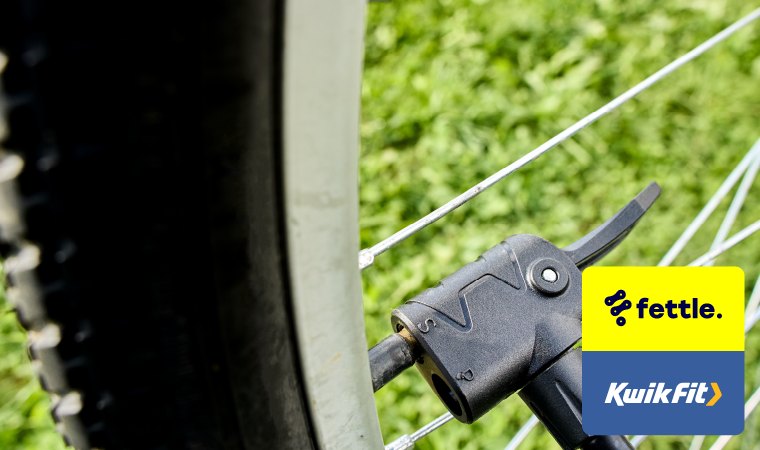
Bike tyre maintenance
Once you have decided on your tyres, and worked out the correct size for your frame, itís time to keep them maintained.
By checking your tyres regularly you can get the most out of your ride - and stay aware of any issues or changes. Bike tyre maintenance can include:
- Keeping your tyres clean: Hose off any excess mud or debris. Then use a brush with some detergent to get into the tread.
- Checking the tyre pressure: Squeeze your tyres to check their pressure. For good practice, follow the air pressure range as recommended by the manufacturer of your bikeís tyres. Itís easy to pump your own tyres at home.
- Checking your tyreís tread: Remove any debris that has wedged itself into the grooves. Be sure to check that the debris hasnít pictured the tyre.
Find the right tyres with Fettle
After youíve got the best tyres for your bike and journey type, make sure you regularly check in with bike experts to keep your bike ready for every occasion. At Kwik Fit, weíve paired up with the bike experts, Fettle, to give you the best bike care. Find your closest centre for great bike servicing, repairs, and assembly today.
Any facts, figures and prices shown in our blog articles are correct at time of publication.
Featured Articles
Is it Illegal to Drive With One Headlight?
Saturday 19th July 2025
Wondering if itís illegal to drive with one headlight? Learn about the safety risks and penalties of illegal blown bulbs and why you should fix them promptly.
Air Con in EVs & Hybrids: Experts Answer Your Questions
Monday 30th June 2025
Does air con drain EV batteries? Can you use the air con while charging an electric car? Find out the answers to these questions & more from Kwik Fitís experts.
Why Is Your Car Making a Noise? Fixes & Tips
Friday 13th June 2025
When your car starts making unexpected noises, it can certainly be quite disconcerting; it may be nothing to worry about, but hereís what you need to know.





